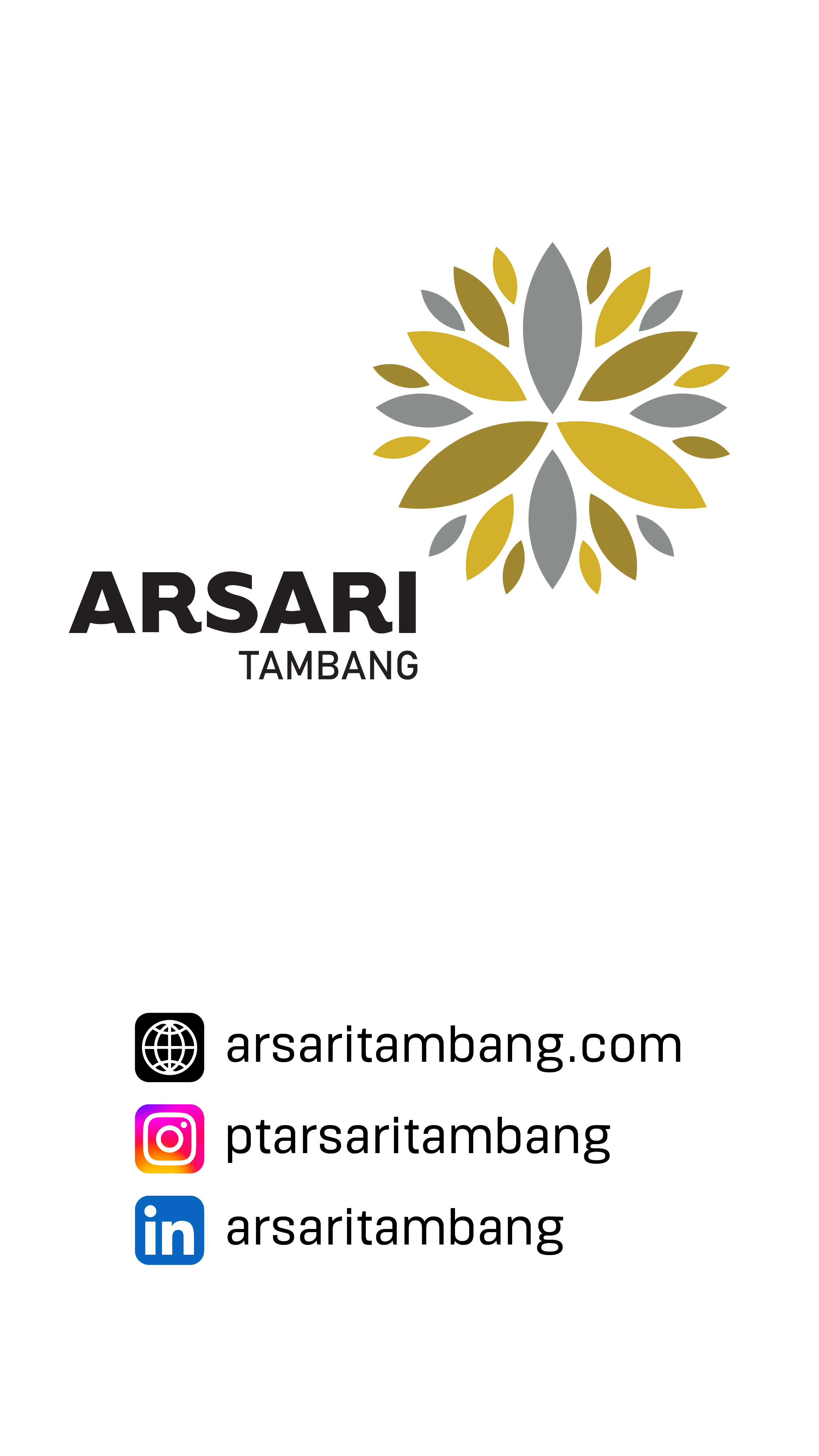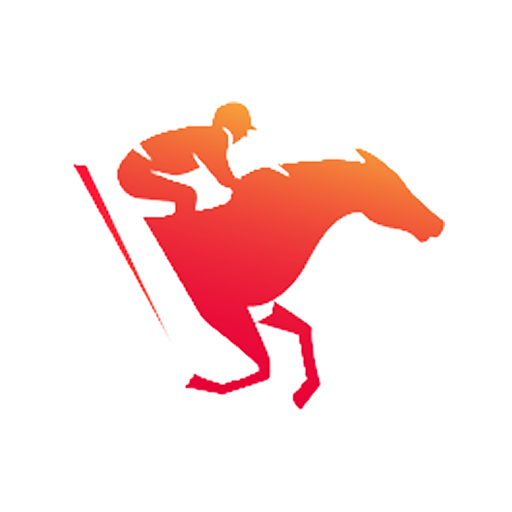



SARGA.CO – Beyond their traditional roles in transport and entertainment, horses have made invaluable contributions to the field of human medicine. In fact, the legacy of horses is deeply intertwined with many medical advancements we benefit from today.
For thousands of years, humans have observed how horses move, run, and heal from injuries. Their powerful muscles and strong bone structure have inspired scientists better to understand the mechanics of the human musculoskeletal system.
According to pubmed.ncbi.nlm.nih.gov, early 20th-century researchers studied how horses healed leg wounds after intense races.

These studies led to the development of tissue repair techniques and orthopedic surgical methods that are now standard in modern medicine.
What began as simple observations of horses has become the foundation for many breakthroughs in joint and muscle injury treatments in humans.

The horse’s immune system has also proven crucial in the development of vaccines and treatments for infectious diseases. For many decades, snake antivenom and several antitoxins, including those for diphtheria and tetanus, have been produced using antibodies generated by horses.
The process is safe — and it has saved millions of lives. In fact, every time we receive a vaccine, there’s a good chance that part of that progress owes something to the quiet contribution of horses in scientific research.
Horses have also paved the way for modern healing therapies that blend science with emotional connection. Equine therapy, or horse-assisted therapy, is now widely practiced in many countries. The rhythmic motion of a horse helps stroke survivors and patients with cerebral palsy or spinal injuries improve balance and coordination.
Meanwhile, the gentle touch and emotional bond formed with horses help calm patients suffering from anxiety or trauma. Many people who once struggled to walk have regained confidence through structured therapeutic riding sessions.
In Indonesia, interest in equine therapy has begun to grow. Several rehabilitation centers now offer horse-assisted programs for children with special needs, showing that the connection between humans and horses extends far beyond sport or transportation — it’s also about physical and emotional healing.


Even in the world of racing, treatments for injured racehorses have become a living laboratory for veterinarians and scientists, helping them develop recovery techniques that can later be adapted for human medicine.
From the racetrack to the research lab, horses remain irreplaceable. They are not just resilient animals but also sources of profound medical knowledge. The next major medical breakthrough might once again be inspired by the steady, powerful steps of a horse.























































Install SARGA.CO News
sarga.co